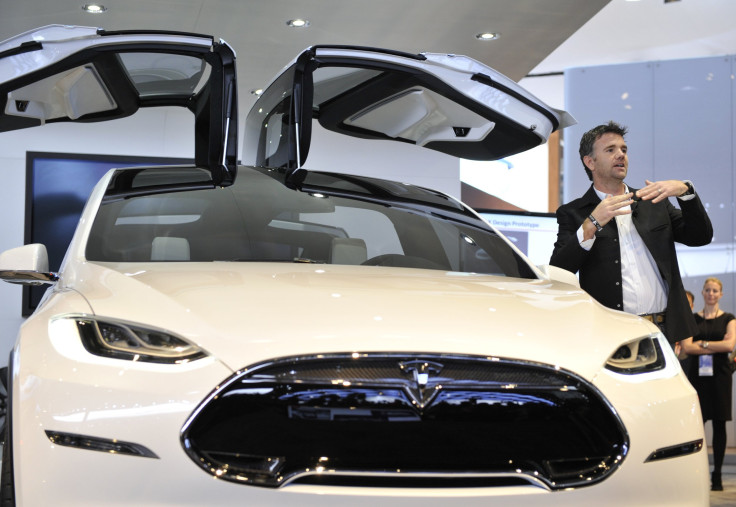It’s Official: The Oct. 1 Tesla (TSLA) Model S Fire In Washington Was A Non-Event; California Says Tesla Can Keep Its Carbon Credits

The owner of the Tesla Model S luxury electric sedan that struck an object and caught fire on Oct. 1 in Kent, Wash., was unperturbed by the incident from the start. Tesla Motors Inc. (NASDAQ:TSLA) CEO Elon Musk reacted quickly to tamp down concerns about any unusual fire hazard from the lithium-ion battery packs that power the company's $71,000 sports car. The Tesla zealots chimed in almost instantly in defense of the product on Twitter, online forums and in the peanut gallery of online comment threads.
But now it’s official: The National Highway Traffic Safety Administration says the incident isn’t worth investigating. We would have known sooner, but since the Oct. 16 end of the partial government shutdown that put a halt to most of its operations, the agency has been working to get back on the road. Now it’s back, and on Thursday the agency put an end to any lingering speculation.
This is the NHTSA’s statement regarding the fire:
“After reviewing all available data, the National Highway Traffic Safety Administration has not found evidence at this time that would indicate the recent battery fire involving a Tesla Model S was the result of a vehicle safety defect or noncompliance with federal safety standards. The agency continually reviews incoming and prior consumer vehicle complaints, as well as other data to identify potential vehicle defect trends and takes appropriate action as necessary."

This piece of welcome news came on the same day California’s Air Resources Board ruled that it would delay modifying rules that would have reduced Tesla’s share of zero-emission vehicle credits. Because Tesla makes only electric cars, it gets a bountiful share of these credits, which it can sell to other automakers who market carbon-emitting vehicles in the state of California. The rule grants Tesla more credits for its quick-swap battery technology to promote innovation that speeds up electric-vehicle charging times, which would attract more consumer interest. The crux of the matter is that the battery-swap technology has yet to be fully implemented, but Tesla’s commitment to speeding up an electric vehicle’s recharging has been enough for it to generate more revenue from selling its carbon offsets.
Tesla sold $68 million worth of these credits in the first quarter, or 12 percent of its revenue, when the company reported a $30.5 million loss. It sold $51 million worth of carbon offsets in the second quarter, which helped it report its first quarterly profit of $11.2 million.
The two bits of good news came a day after Bank of America said the company’s stock was vastly overvalued and 12 days ahead of the company’s third-quarter earnings announcement.
© Copyright IBTimes 2024. All rights reserved.






















